What is V2X?
Driivz
MARCH 23, 2022
These terms designate the different destinations for the electricity drawn from the connected EV battery. V2G: Vehicle-to-grid , where the power grid uses stored EV electricity to balance loads during high-demand periods, avoids the need to increase generation capacity to meet increased demand to power EVs.

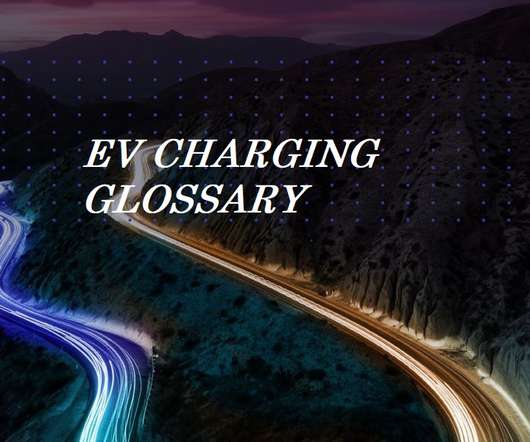
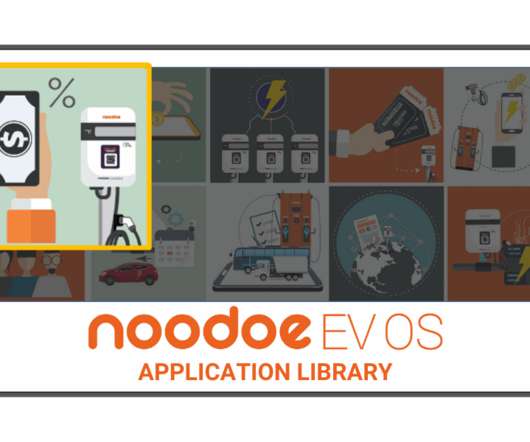
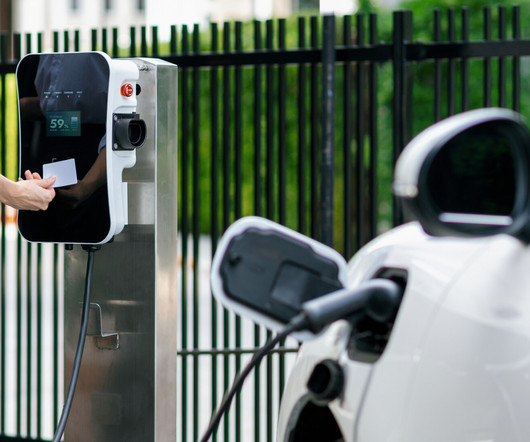
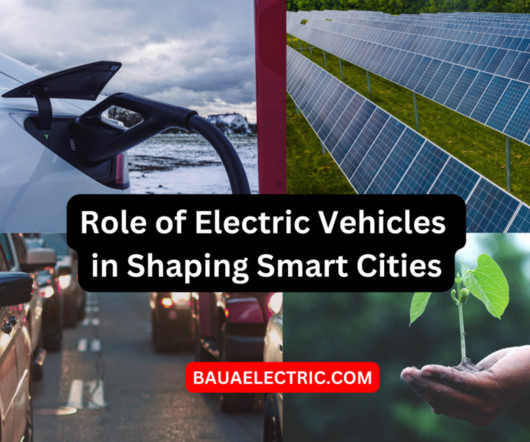
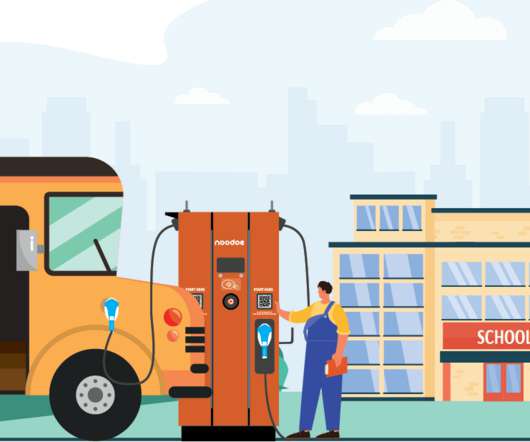
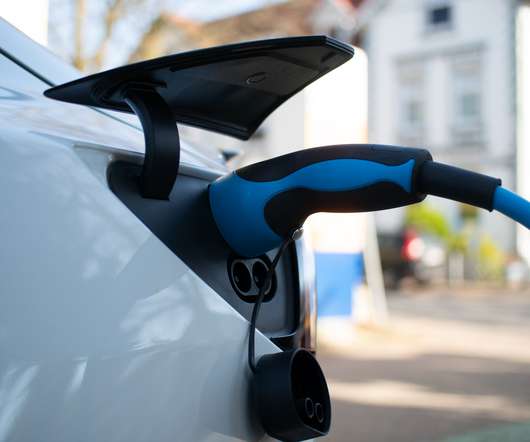






Let's personalize your content